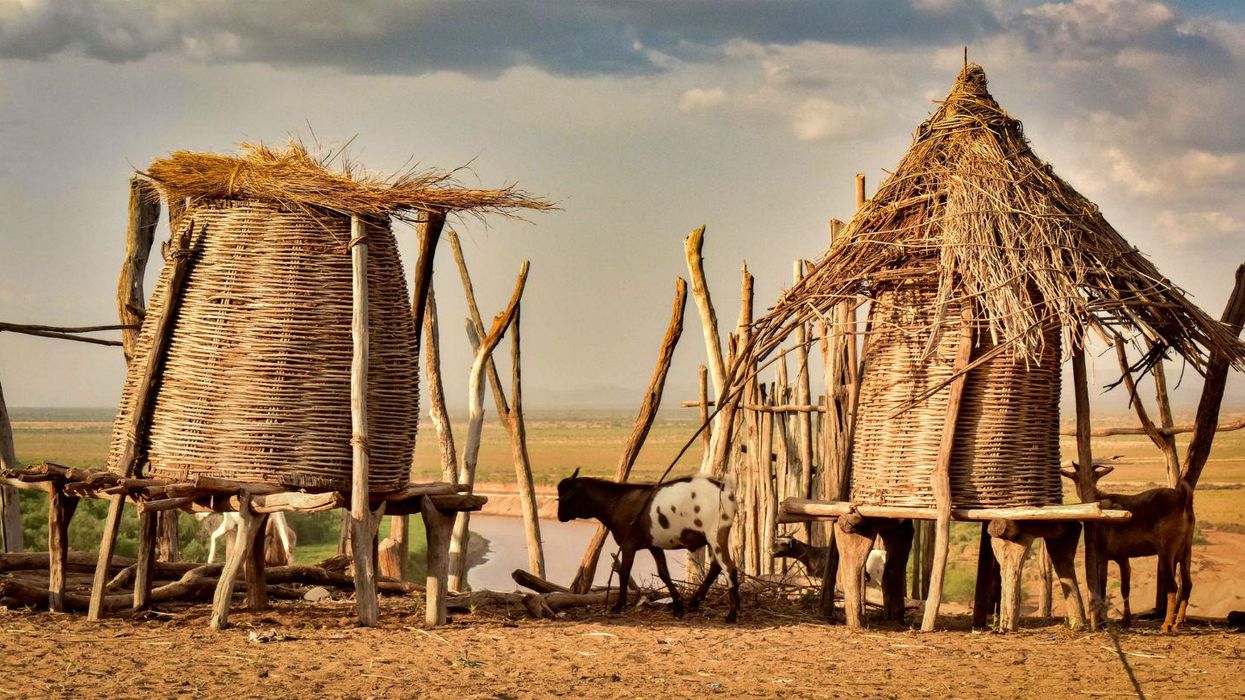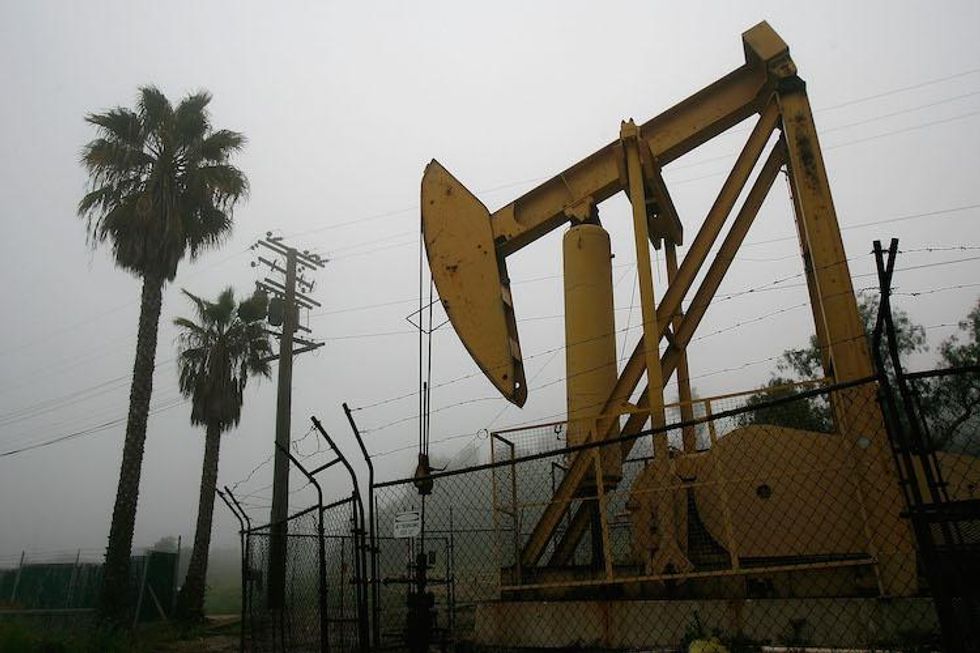News
Josh Barrie
Feb 22, 2016

Flickr/Rod Waddington
The price of oil has been falling dramatically over the last 18 months.
In the summer of 2014, a barrel cost £80. In January this year, the cost had plummeted to under £20.
There are huge economic downsides to this, there's also a glaring positive. The oil market has a massive influence on other sectors – crucially, food.
While the big hitters in global markets continue to fret over oil prices, people in poorer countries may see more food on their plates which, to them, is a welcome implication, no doubt.
It's because the cost of one of the world's most powerful commodities has a telling hold and impact on – arguably – the world's most important. Farm machinery and distribution costs are significantly determined by oil. Tractors depend on the stuff. Transporting grain around does too.
As a result, when oil prices inflate, so too does the cost of nourishment; when the fossil fuel slides, food also.
There's a clear correspondence.
Food is just as volatile as oil. Oxford described the industry and 'broken' in 2011, after civil unrest in a number of developing countries broke out following price spikes in 2007/8. Oil had played a part.
Today, as the likes of Saudi Arabia and the US toil over the business ramifications concerning oil, and companies such as BP and Shell consider their options, there are three key points in the food system.
Demand for biofuels has plateaued. For most of the last decade, the grain market has been sapped by the growing US market for ethanol.
Refineries have since hit the so-called “blending wall.” They can’t mix any more ethanol into gasoline without modifications to vehicle engines.
Farmers are growing more. In response to the price shocks of the last decade, 'the world’s farmers have ramped up production way ahead of the growth of population,' Wiggins said. As a result, many countries are now sitting on substantial stockpiles of grain.
Oil prices have fallen. This pushes down both the costs of production as well as distribution.
And this graph further illustrates the situation.
Obviously, oil has an impact much more than food. And the agricultural sector is influenced by many other things. The situation is crudely complex. Put utterly simplistically, while there's a link between oil and food, oil might drive up the price of other things that could in turn push food costs higher.
And indeed, while farmers might be benefiting from falling production and distribution costs, local food markets may not translate those to the consumer.
Quartz notes:
The transmission of cost savings through the supply chain is slow.
International commodities traders lower their prices first. Domestic wholesalers will follow suit, but usually not until they’ve cleared out existing inventory. Local markets are the last to reduce prices.
Even in the most optimistic scenario, the effects of a drop in oil prices may not reach rural consumers for months or years.
It's difficult to measure whether the poorest people in the world are feeling anything of substance currently.
But we'll leave you with the cheery notion that suggests that if oil prices stay low, and the cogs of life turn favorably, there could be a 14 per cent decrease in malnourished people compared to 2011. There's lots more detail here.
More: We've reached peak food
More: Seeing what food looks like in 200 calorie portions is quite saddening
Top 100
The Conversation (0)














